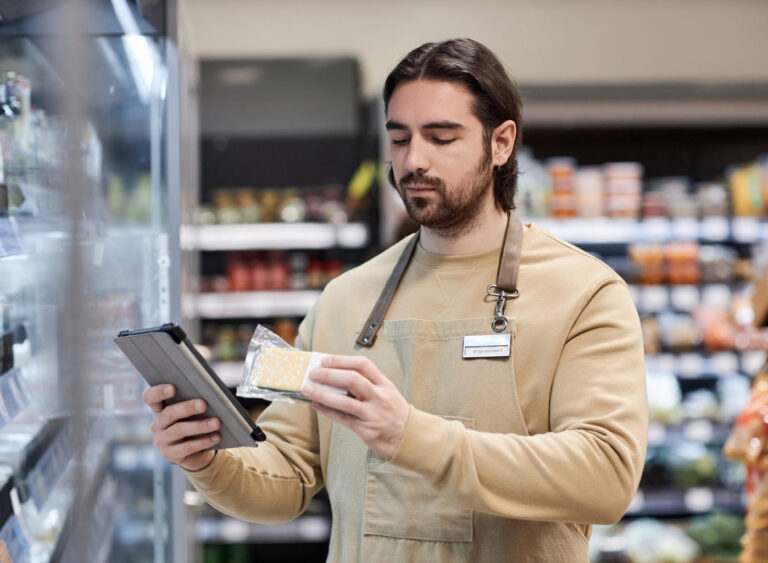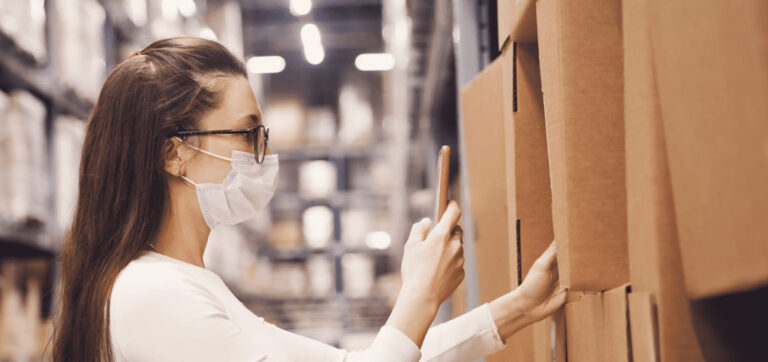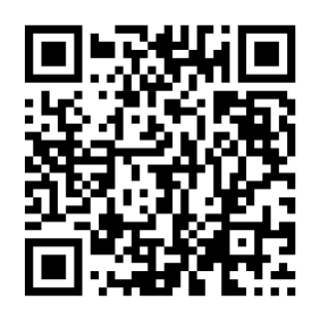A recent McKinsey & Company study reveals that consumer sentiment has remained relatively stable as inflation continues to slow in 2025. However, there is an increase in trading down, with 73% of consumers now opting for cheaper brands compared to 68% in April 2022.
With shoppers seeking lower-cost alternatives and prioritizing essential purchases, retailers have to find ways to meet customer expectations without compromising their profitability – all while juggling labor shortages, inflation, and strong demand for omnichannel retail shopping experiences.
The overall task is clear: improving retail store productivity. Modern mobile technology, when done right, can help lower costs significantly while driving sales.
What is retail productivity?
Retail productivity describes how efficiently a store utilizes its resources, especially its staff, over a specific period of time.
Improving productivity thus means doing more with less: to boost sales, improve customer service, and run operations smoothly, all while working within the available resource budget. It also means gathering store data, analyzing it, and then acting on the gathered insights.
That’s easily said – but where do you start?
How to increase store efficiency: Practical strategies
Increasing store productivity first requires getting an overview of all store processes. This is often not an easy task. However, once the workflows are properly recorded and broken down, optimization areas will quickly become apparent.
To measure is to know
The first step is to evaluate your current store productivity. Monitoring the chosen metrics over a longer period helps level out any temporary fluctuations and provides a clearer view of employee and store performance.
Typically, performance is measured by the number of tasks completed and how much time it takes to finish each one of them. The goal is to get more done in the same – or even less – time.
The productivity formula is simple:
Productivity = total output / total input
Output refers to the goods or services generated, expressed as sales revenue. Input refers to the resources used to produce this output, such as the number of employees and their work hours.
Among the key store metrics are:
- Sales per employee: Measuring the average revenue generated by each employee is useful for assessing employee performance.
- Foot traffic conversion: The percentage of visitors who actually make a purchase. A higher conversion rate indicates effective sales interactions or a good store environment that encourages buying.
- Task completion time: The time it takes employees to complete specific tasks, such as restocking.
Identifying productivity challenges
After evaluating general store performance, retailers should turn their attention to potential issues – and to identifying their causes.
Productivity issues are frequently rooted in one of the following problem areas:
- Staff training and turnover: Frequent hiring and retraining cost time and money. Well-structured training programs and easy-to-use technology help reduce turnover and boost productivity.
- Manual workflows: Relying heavily on manual processes slows down operations, including in inventory management or at the point-of-sale (POS). Automation improves speed and accuracy.
- Poor store layout or space utilization: Congested areas frustrate customers, reducing sales. They also hamper staff movement and task completion, affecting operational flow.
- Tech adoption resistance: Employees may resist the implementation of tools that could optimize workflows, inventory management, and customer engagement.
After successfully identifying areas for improvement, it is time to take action.
Empowering employees through automation
Automating repetitive tasks can make a big difference in retail productivity. It allows staff to focus on more critical tasks, such as assisting customers on the sales floor or restocking shelves, thereby improving overall store operations.
To enable their employees to handle more work, many retailers turn to technology, from electronic pricing labels to employee apps. Not only can technology help increase productivity, but it also enables employees to fulfill tasks more accurately (e.g., inventory counts) and to deliver better customer service.
Let’s explore some concrete applications: inventory management, shelf management with restocking, and checkout processes.
Inventory management
Advanced inventory management systems use real-time data to track stock levels, predict demand, and automatically reorder goods. These solutions also integrate with order fulfillment systems to streamline picking, packing, and shipping for both in-store and online orders.
A key component of such modern systems is a robust barcode system, based on scanning technology with advanced features such as multi-scanning and batch scanning. These scanning modes enable employees to capture multiple barcodes simultaneously or in quick succession and, for instance, accelerate inventory counts.
It is particularly useful in high-volume retail settings, where employees can scan entire shelves or pallets of products in one go, rather than scanning every item individually. A task that used to take hours is now completed within minutes.
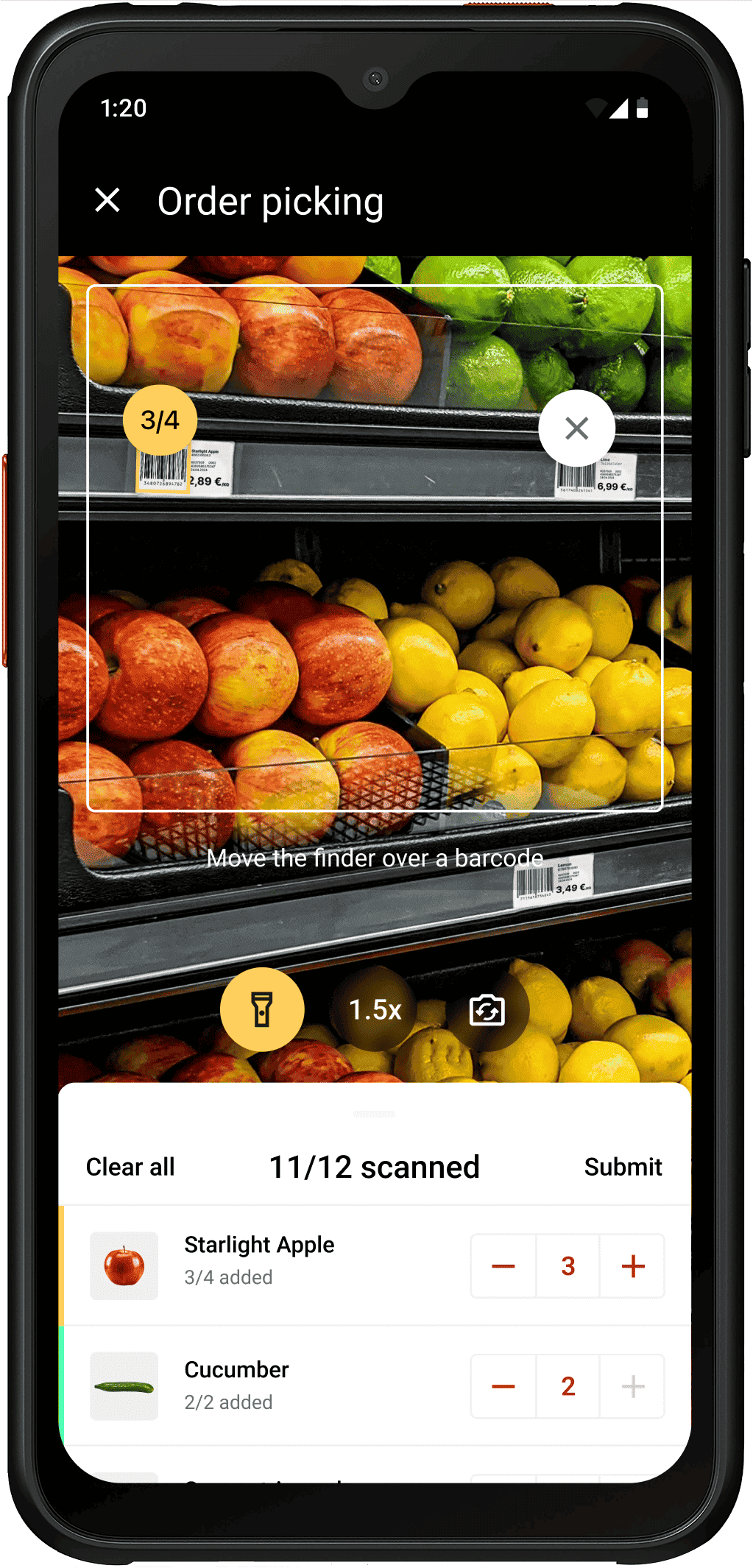
Another scan-based technology, pick-by-scan, is far more efficient than paper pick lists. Here, an app shows employees what items to pick, where the storage location is, and how many items are needed. Furthermore, it gives them immediate visual confirmation when they scan the barcodes, minimizing mistakes.
Checkout processes
Self-checkout technologies enhance the shopping experience and operational efficiency. By allowing customers to scan and pay for their items independently, they help them avoid long queues, especially during peak shopping times.
- Scan & Go: A 2024 survey confirms that Scan & Go technology is gaining popularity among US shoppers.
- Self-scanning and checkout are now among the top features consumers expect in a retailer app, alongside coupon scanning and a real-time product availability checker.
- mPOS systems: Portable and wireless, they allow employees to process transactions and payments anywhere in the store, letting customers skip queues.
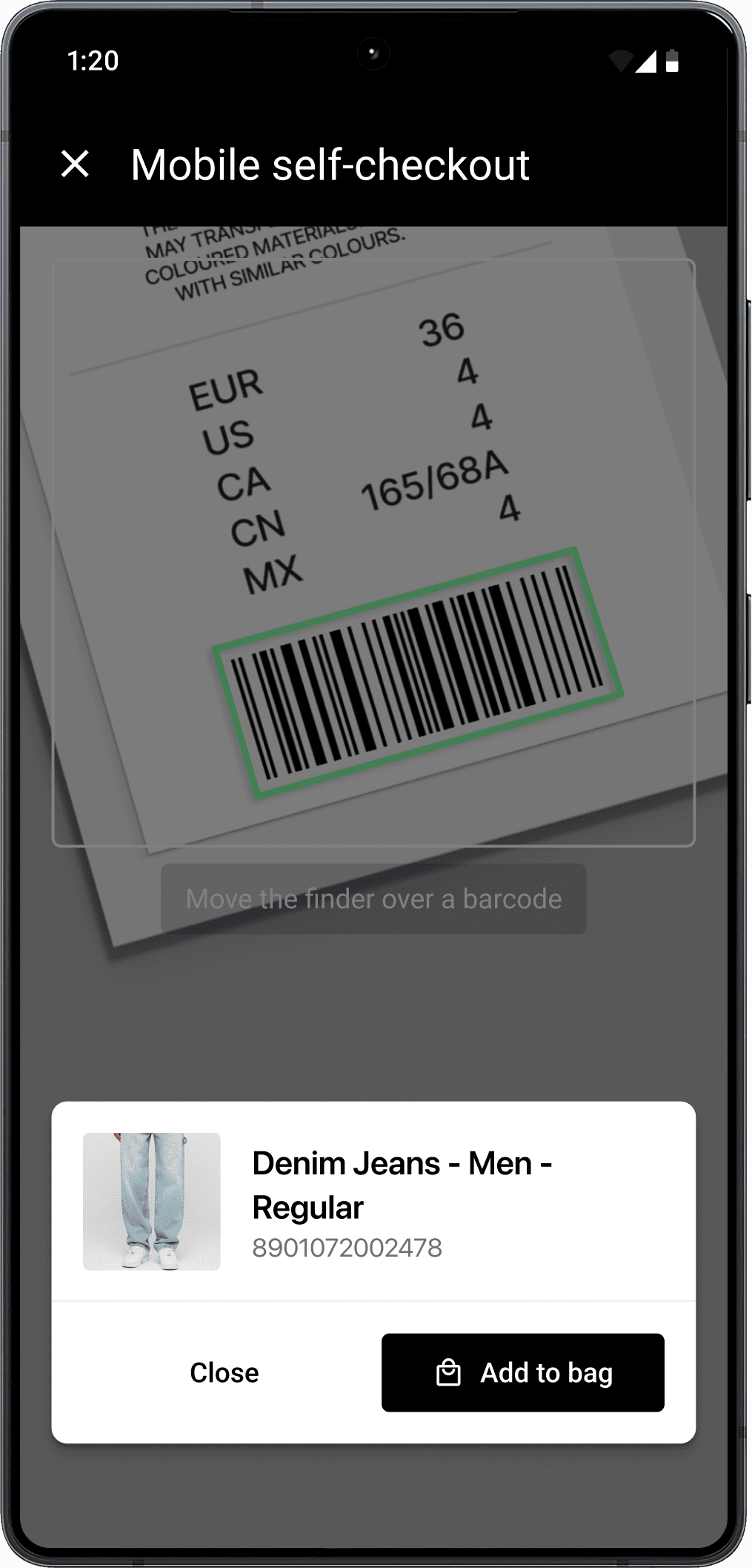
Apart from meeting consumer expectations, self-checkout technologies also increase staff efficiency. One employee can oversee multiple self-service stations, freeing up cashiers during slower periods.
Leverage data for further improvements
Retail technology is also a treasure trove of useful data.
By analyzing inventory metrics, for instance, retailers can optimize stock levels and reduce waste. Meanwhile, insights from self-checkout and Scan & Go systems reveal customer preferences and purchasing patterns, allowing for improved store layouts and personalized promotions.
AI-powered demand forecasting can take this even further, reducing errors and predicting what customers will want and when.
Utilizing this data helps retailers to make informed decisions, adapt quickly to market changes, and enhance customer engagement. Ultimately, smart data use drives in-store productivity, completing the circle by providing insights for further improvements.
A smart solution for retail stores: Mobile barcode scanners
Maximizing retail productivity hinges on a commitment to adaptability and tech-forward thinking. By embracing smart solutions and fostering a culture of continuous improvement, retailers can not only overcome current challenges but also build a resilient and thriving business for the future.
Part of these smart solutions are mobile scanners. Integrated into an app, a Barcode Scanner SDK enhances several operations:
- Inventory management: Employees scan products on shelves, instead of ticking off paper lists
- mPOS: Employees assist with customer transactions anywhere in-store, rather than in congested checkout areas
- Scan & Go: Customers use their own smartphones to scan products and pay
Boost store productivity with Scanbot SDK
Looking to integrate scanning technology to enhance your productivity?
The Scanbot Barcode Scanner SDK can be seamlessly integrated into existing mobile apps or websites. It operates entirely offline, enabling data privacy and usage in areas with network connectivity issues.
Scanbot SDK is your trusted partner for barcode scanning. Retailers like Coop are using our Barcode Scanner SDK to optimize their inventory management, integrate Scan & Go, and enhance customer engagement.
Want to discuss your use case with us? Get in touch!
How does technology automation impact retail store efficiency?
Technology automation boosts retail efficiency by streamlining tasks, reducing errors, and freeing up staff. It enhances inventory management with real-time tracking and accelerated scanning (multi-scanning, batch scanning, pick-by-scan). Self-checkout options (Scan & Go, self-scanning, mPOS) speed up transactions and optimize staff deployment.
What are the productivity gains from adopting barcode scanning in supermarkets?
Barcode scanning enhances supermarket productivity by streamlining inventory management, optimizing picking processes, accelerating checkout, and providing valuable data insights.
